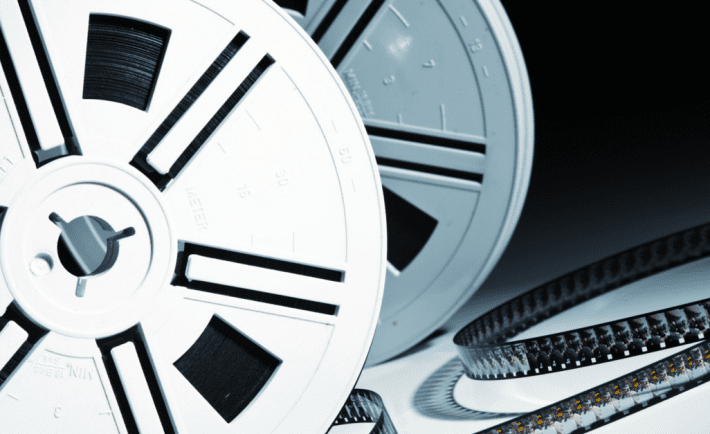The film industry has long been one of the most exciting and innovative fields of human endeavour. Filmmakers have been able to push the boundaries of their art, creating movies that are more realistic and lifelike than ever before with the help of technology.
One of the most significant recent developments in film technology is the ability to create digital de-aging effects. This process allows actors to play characters who are younger or older than they actually are, and it has opened up a whole new world of possibilities for filmmakers.
This technology has completely transformed the film industry and one of the most prominent examples of this is the Academy Award-nominated film The Irishman. Technology allowed Robert De Niro, Al Pacino, and Joe Pesci to all play younger versions of their characters by nearly 30 years.
Director Martin Scorsese declared he wanted to take on the project of making that film and use de-aging technology so that he could continue to work with his friend and frequent collaborator Robert De Niro, rather than having to train a younger actor.
Let’s look at how the evolution of de-aging technology has transformed the film industry.
1. Increased realism

One of the most obvious applications of digital de-aging is that it can create much more realistic effects than traditional methods. In the past, filmmakers would use make-up or prosthetics to make an actor look older or younger. However, sometimes this would not always produce the best results and would not look authentic.
With digital de-aging, filmmakers can create incredibly realistic effects that are indistinguishable from reality. This increased realism has made it possible to create movies that are more emotionally powerful and believable than ever before.
2. Increased story possibilities
In the past, the aging process of their actors limited filmmakers. Once an actor reached a certain age, they could no longer play young characters. This often resulted in stories that were not as emotionally powerful or believable as they could have been.
With digital de-aging, filmmakers are no longer limited by the aging process of their actors. This has opened up a whole new world of possibilities for storytellers. Now, they can create movies with characters of any age.
This technology has also made it possible to create movies with characters who age in reverse. In the past, this would have been impossible to do without the use of de-aging technology.
A great example of this is the case of The Curious Case of Benjamin Button (2008). To tell the story convincingly about a man who ages in reverse, Brad Pitt required de-aging technology to be applied. Director David Fincher achieved this with brilliant success by using a system called Contour.
Contour was initially used in video games for the performance capture of human actors, which would then apply to the virtual characters where one person’s face could then be grafted and digitally inserted over the face of another actor.
3. Improved marketability for some actors
Another significant benefit of digital de-aging is that it can make an actor more marketable. In the past, actors would often be typecast based on their age. However, with digital de-aging, an actor can now play a wide range of characters.
4. The future of film
The future of the film industry is looking dazzling, thanks to the evolution of de-aging technology. With the continued development of this technology, the sky is the limit for what filmmakers will achieve.
Many video production companies that are in the business of making films are trying out this new technology and are succeeding in delivering some of the most amazing results.
Compatibility and competition level in the market are also increasing, which is suitable for the customers. We can expect some really great things from the film industry in the years to come.
Conclusion
The evolution of de-aging technology has had a major impact on the film industry. This technology has completely transformed the way movies are made and has opened up a whole new world of possibilities for filmmakers and moviegoers alike.
With the continued development of this technology, we can expect to see even more amazing results from the film industry in the years to come. So, sit back, relax, and enjoy the ride.
